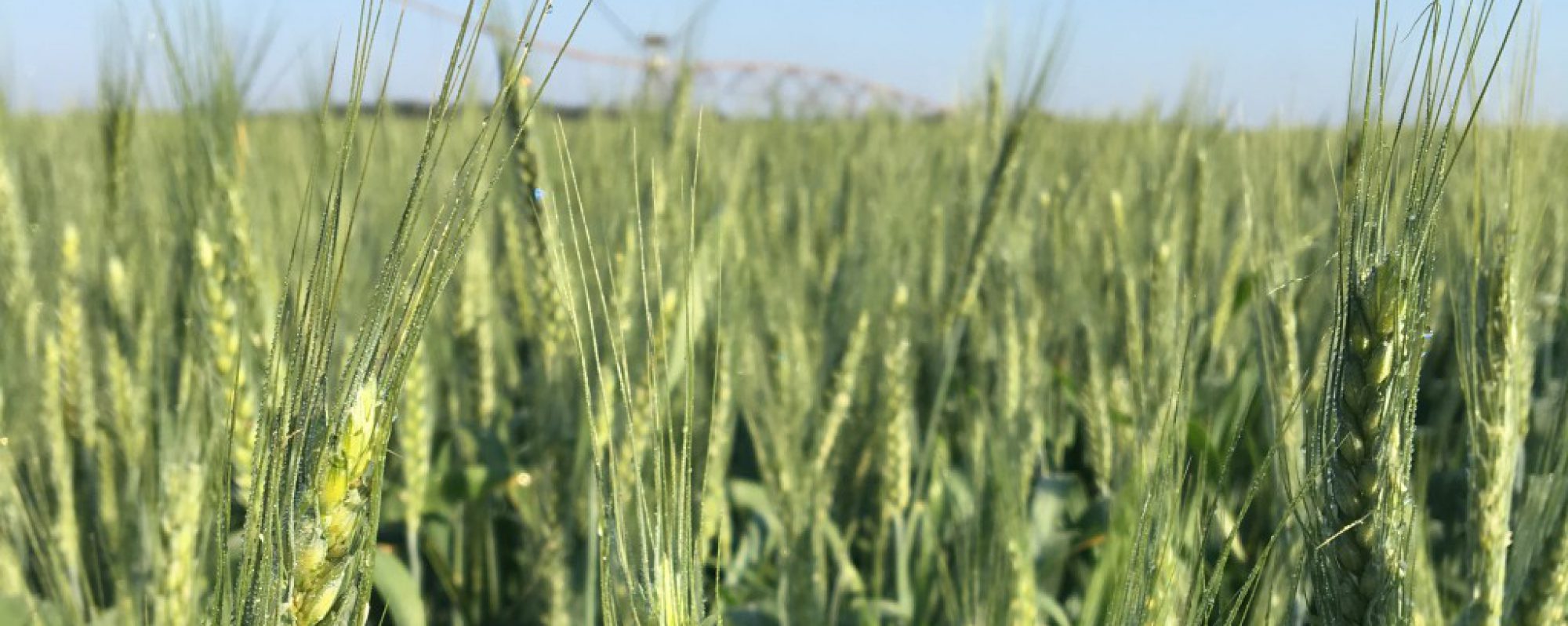
I’ve had a good number of questions about broomsedge bluestem (Andropogon virginicus L.) since I’ve been in the county. It’s interesting because it’s something we see all the time, but I’ve never thought about controlling it or what to do with it. Livestock will graze it when it’s young and green, but when it produces its seedheads, it’s unpalatable and they don’t want it.
The problem is that broomsedge grows where soils are unhealthy. These pastures haven’t been limed or any fertilized for many years. It likes these low fertility soils. The second issue with broomsedge is that control options are not quick.
- There are no herbicides that control broomsedge without killing desirable grass species (bahia, bermuda, etc.)
- Mowing does not provide good control of broomsedge
- Burning has little to no negative effect on broomsedge
Control
So what do we do? The quick option is to completely renovate the pasture. We don’t have to do this in all cases, it just depends on how productive and how quick that pasture needs to be. The next option is controlling it the same way we prevent it:
- Lime to get pH levels up (5.5 for bahia and 6.0 for bermuda)
- Apply fertilizer at the recommended rates and intervals
- Utilize multiple pasture rotation to prevent overgrazing
If we have small spots of broomsedge, we can use glyphosate spot treatment. But if we spray when broomsedge is actively growing, we’ll also hurt some grass.
For more information, visit Pasture Soil Fertility Essential for Preventing Broomsedge Infestations

